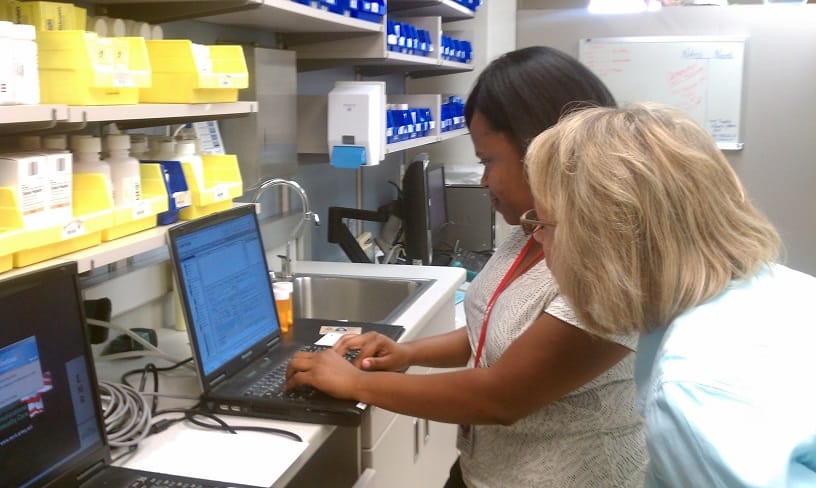
Three Steps to Automate in Your Business
A recent Smartsheet survey of information workers uncovered some interesting things.
- Over 40% said they’re spending a quarter of their work week on manual, repetitive tasks
- 60% said they would save six hours automating these tasks
- 69% say automation will save time on repetitive work
- 66% believe automation can reduce human error
- 75% think automation will allow them to work on things they’d be more interested in
- 97% said automation will help their company by increasing productivity and reducing errors
97% of people closest to the work think automation is key to their productivity AND their job satisfaction. 68% said their organization already used automation and nearly 100% of the remaining said their organization was planning to implement automation. If you are still on the sideline, what are you waiting for?
Steps for Healthcare Document and Data Automation
- It doesn’t take a strategic plan to see that incoming outside documents need automation. All one needs do is visit a clinic or a specialty or HIM department and watch the fax machine. First, faxes are printed, reviewed, sorted, and routed, all of which can easily be handled by software. Only a small percentage of exceptions need be reviewed by a verifier.
- The next step in the life of an outside document often involves getting the document or the data embedded in the downstream software solution. This is where the data/document begin to add value to the organization. People can use the information to make good treatment decisions. The faster and more accurate the information, the more effective the diagnosis and treatment will be. However, the value starts to break down if the data must be entered manually or if the user has to search through image names and then search through documents looking for the one piece of critical information. Turnaround time and accuracy are critical.
- Discrete data is far more valuable than an unstructured scanned document. It takes very sophisticated software to locate the critical bits of information, extract it and then deliver it in a useful format. Of importance to this step is to deliver the data to the very specific location in the EMR where the physician will look for it. Matching incoming documents and data they contain to the right patient record is critical for patient safety but matching the data to the proper order or encounter is critical to physician efficiency.
Conclusion
If you aren’t already convinced that paper and scanned documents are inefficient, ask the next doctor you see if they would prefer to work with discrete data or scanned images. Based on the survey, the people who can deliver discrete data to the patient record are ready for you to implement an automation solution. Lastly, the people you have to convince to add automation to this year’s list of projects want to know that the project will pay for itself, that it will reduce risky and costly data errors, that physicians will make faster and better decisions, and that patients will receive better care and will be highly satisfied with their care.


